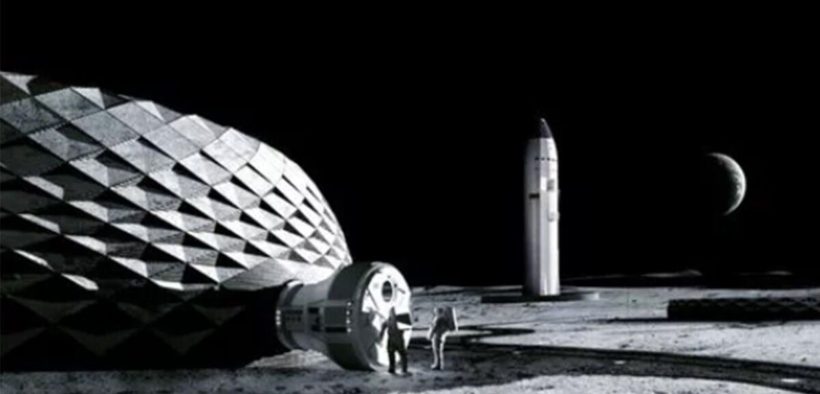There are plans to build homes on the moon

By 2024, the US space agency Nasa hopes to have residential buildings built on the moon after awarding a $60 million contract to a technology firm to carry out the project.
The houses, which would be built once a 3D printer was launched to the Earth’s natural satellite, would not only be for astronauts but also for civilians. Rocks, mineral shards, and lunar surface dust would be used to build the structure.
Other components of the house, including as the doors, tiles, and furnishings, have already been constructed thanks to NASA’s collaboration with a number of organizations and for-profit businesses.
It is a part of a long-term plan that calls for the astronauts to land on Mars and establish a base there.
Things are now in their very early phases, but this could alter over the next few years. Additionally, the cost for a civilian to reside on the moon has not yet been disclosed by the US space agency.
ICON uses 3D printing in its construction methods. The method uses a filament made of a cement, sand, and water mixture.
One by one, each component of a house is printed before being slotted together. The printer can construct properties as soon as 48 hours, according to reports.
The Austin-based company has been in operation since 2018 and has now constructed hundreds of homes.
The project acquired popularity and momentum because it could be readily assembled into a house and, in the opinion of developers, might put an end to the US housing crisis.
Although he does not envision typical Americans living on the moon in his lifetime, Raymond Clinton, deputy director of the science and technology office at NASA’s Marshall Space Flight Center, said that he hopes it will be possible for future generations. “I wish I would be around to see it.”
When we discuss a “sustainable human presence,” he explained, “that to me means that you have a lunar settlement and that there are people regularly living and working on the moon. Only the entrepreneurs’ imaginations can determine what that might be.
According to the business, a residence on the moon must have a structure that can withstand heat radiation and micrometeorites.
Jason Ballard, co-founder and CEO of ICON, stated: “To change the space exploration paradigm from there and back again to there to stay, we’re going to need robust, resilient, and broadly capable systems that can use the local resources of the Moon and other planetary bodies.”
The ICON printer will be tested in February at NASA’s Marshall Space Flight Center to examine how it responds to the radiation and vacuum of space.

I am a dedicated student currently in my seventh semester, pursuing a degree in International Relations. Alongside my academic pursuits, I am actively engaged in the professional field as a content writer at the Rangeinn website.








